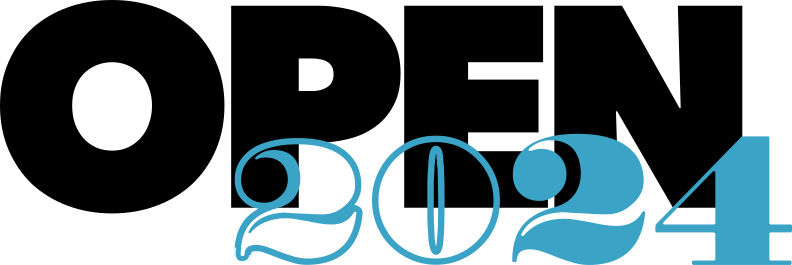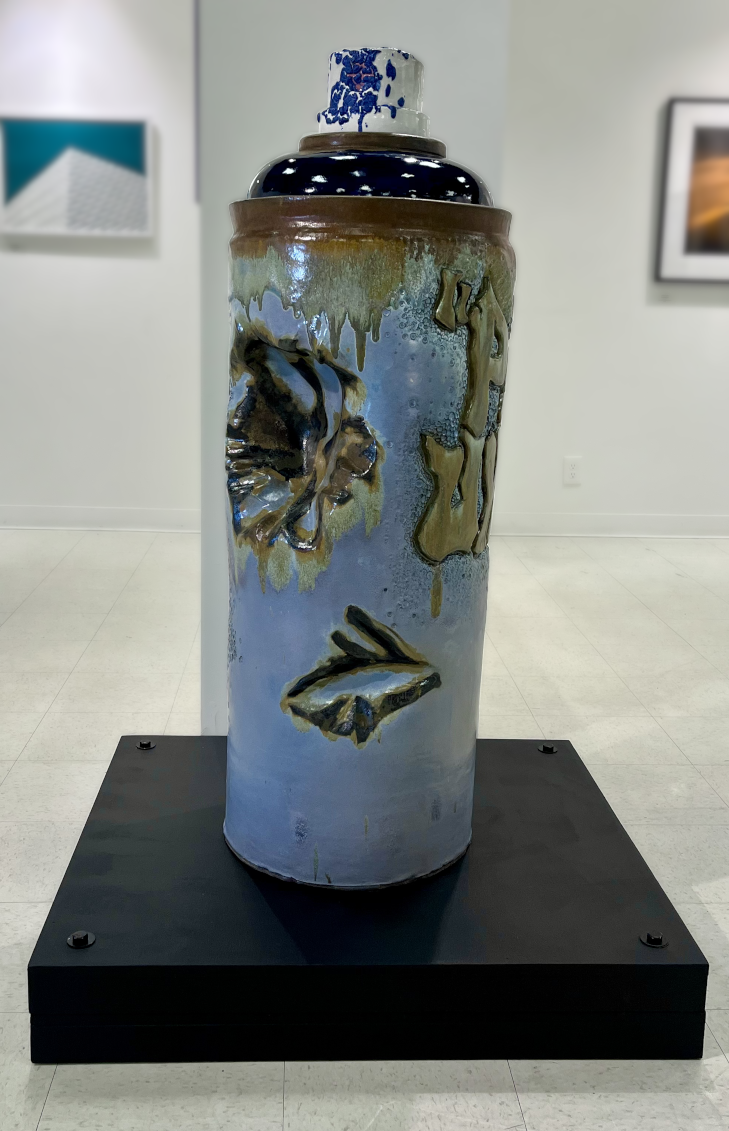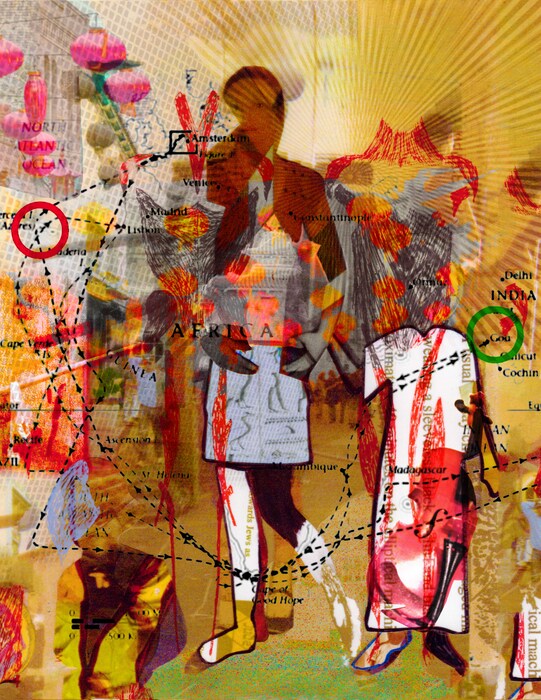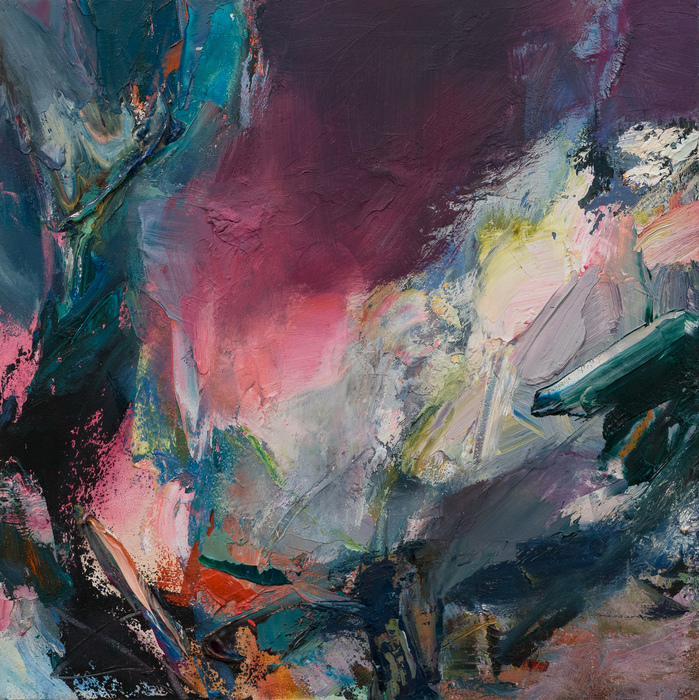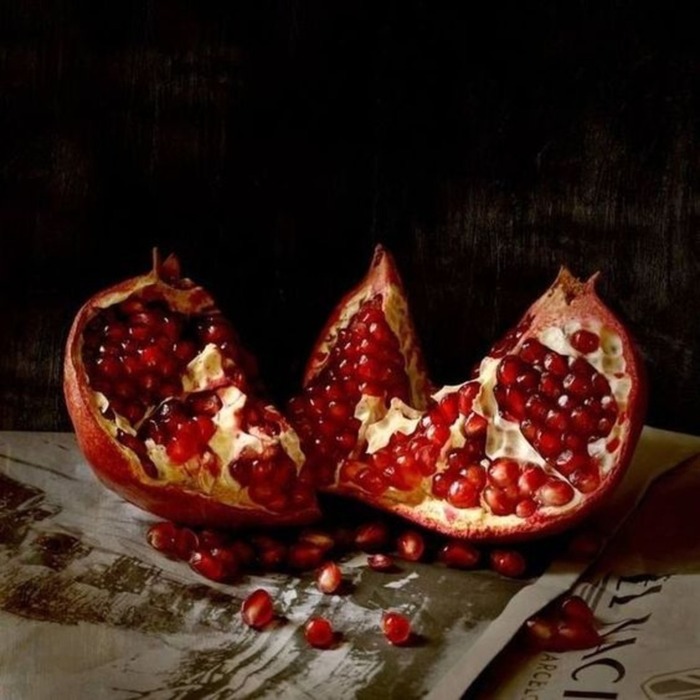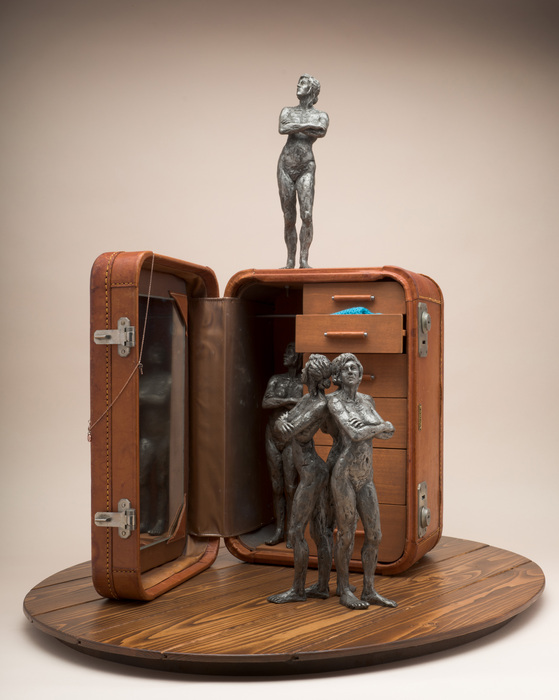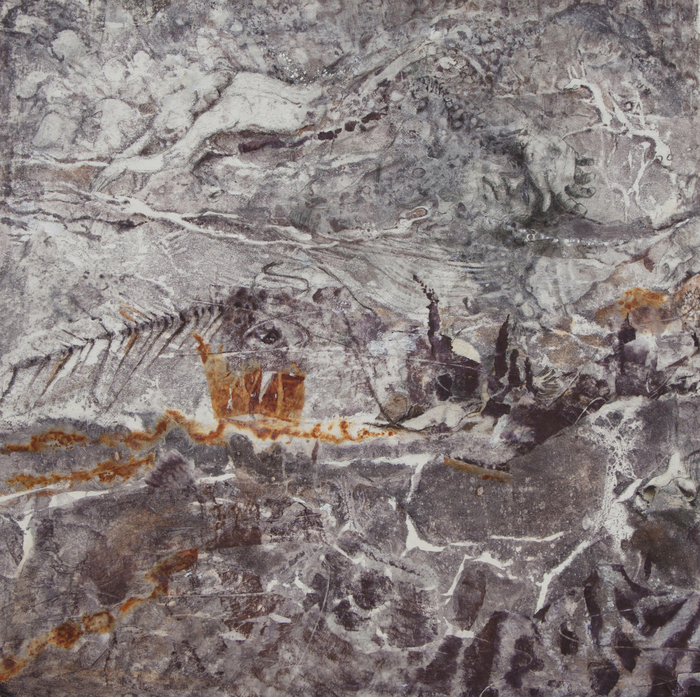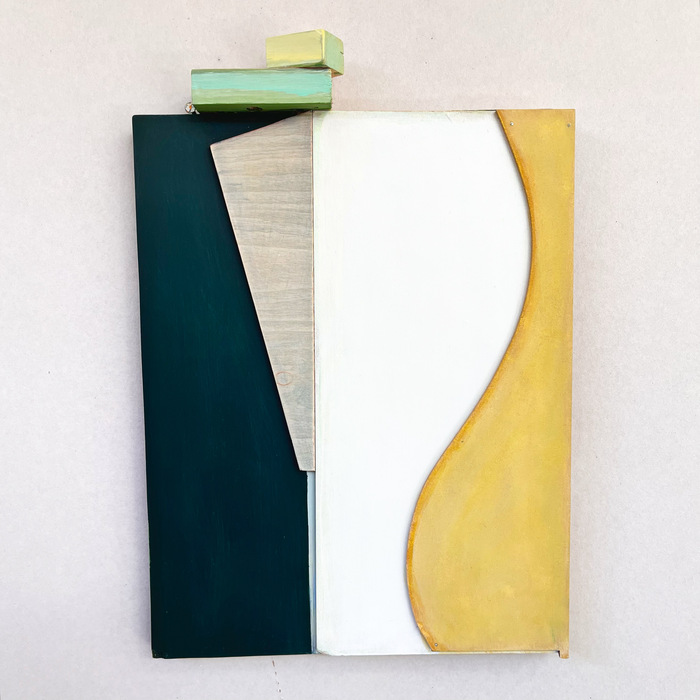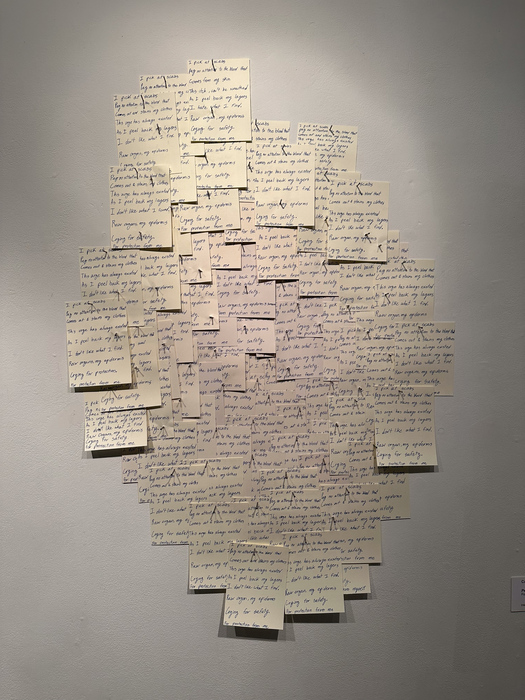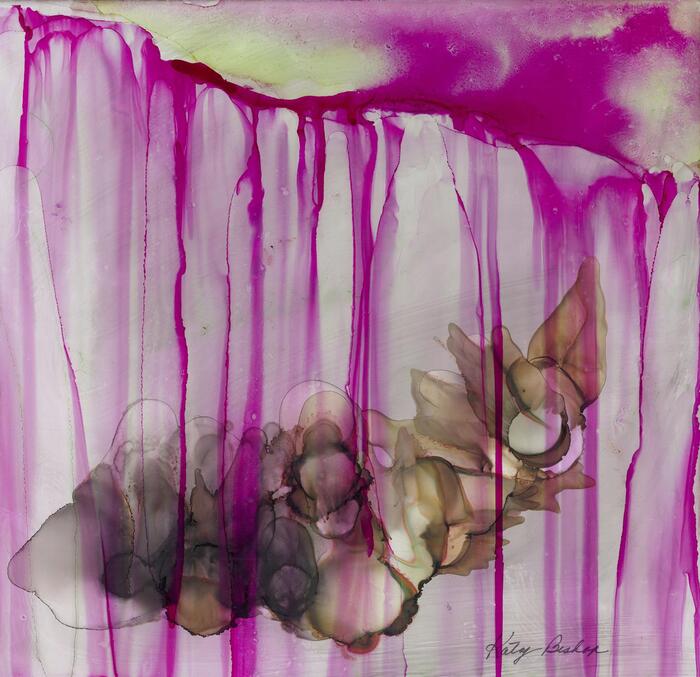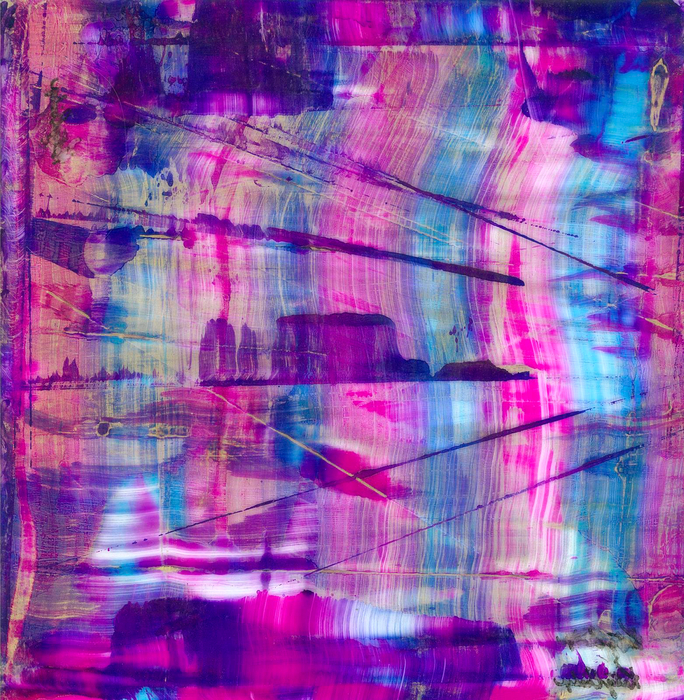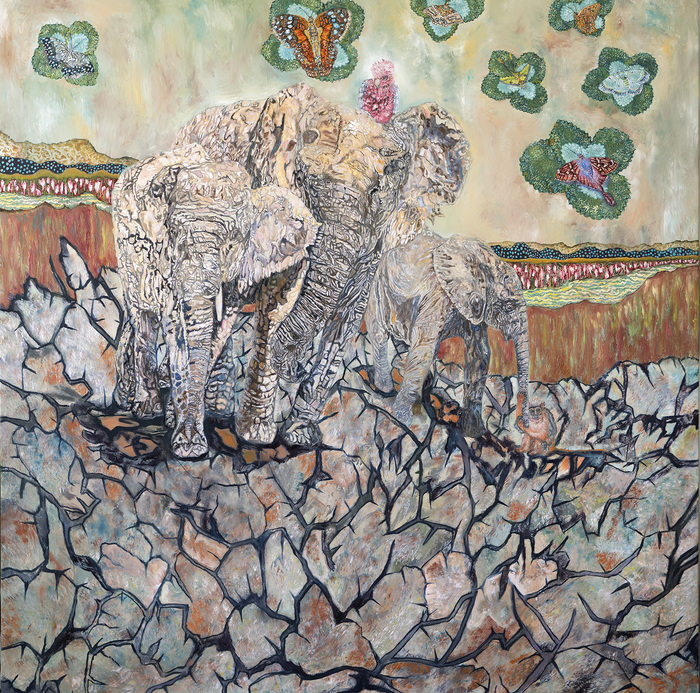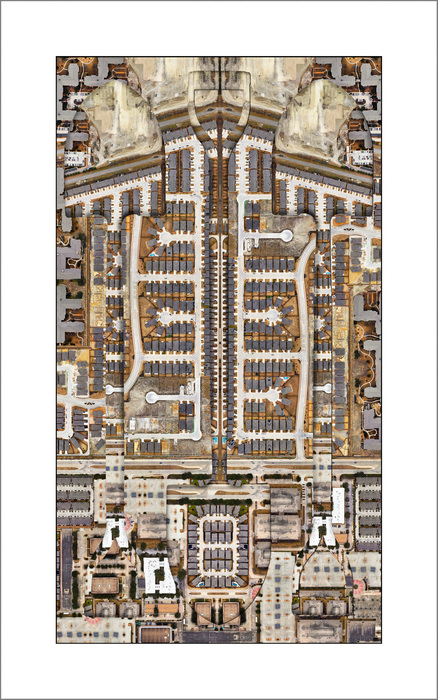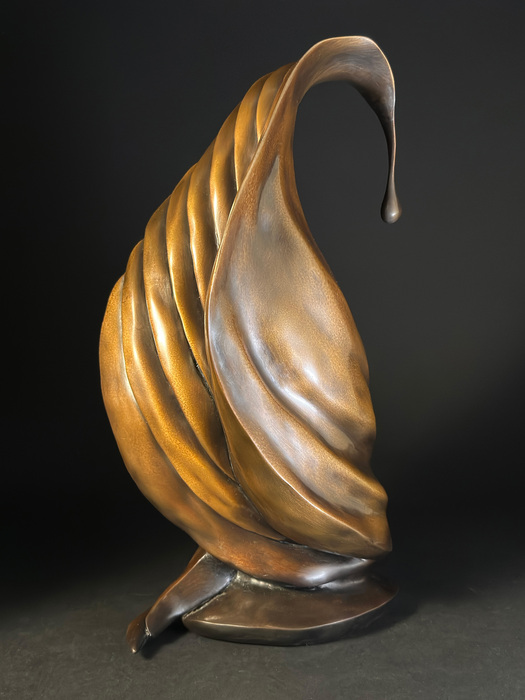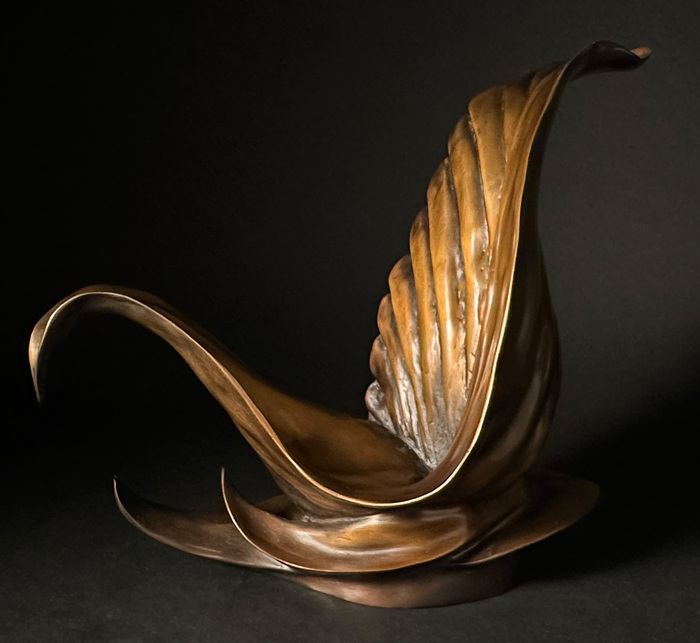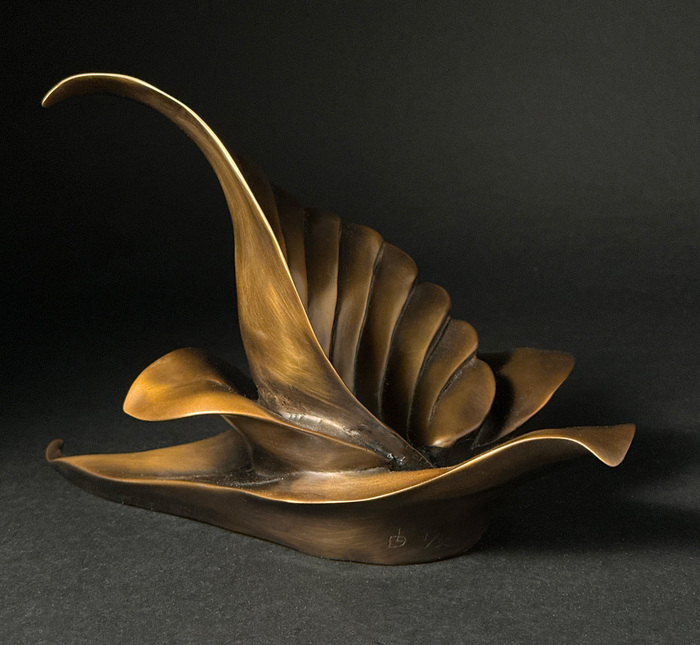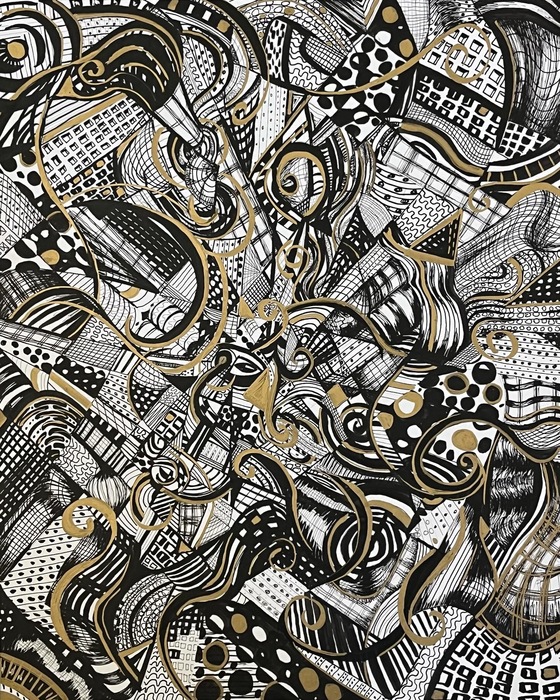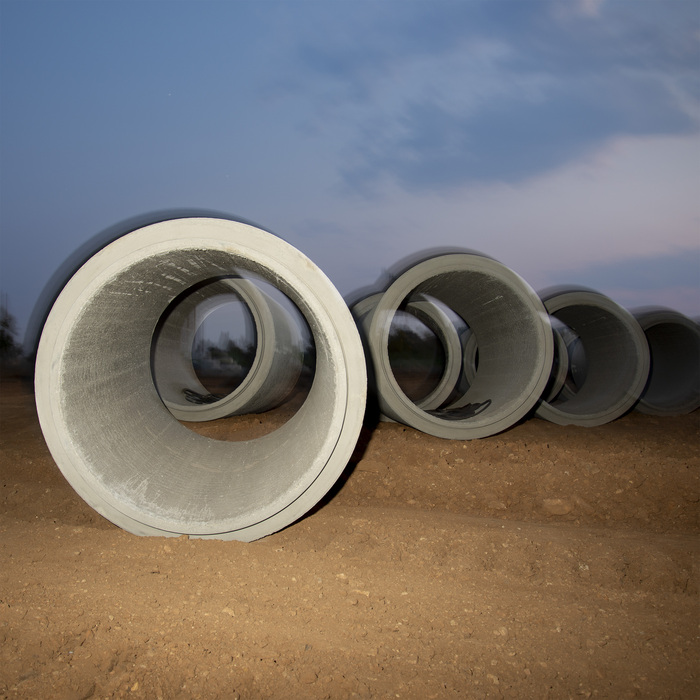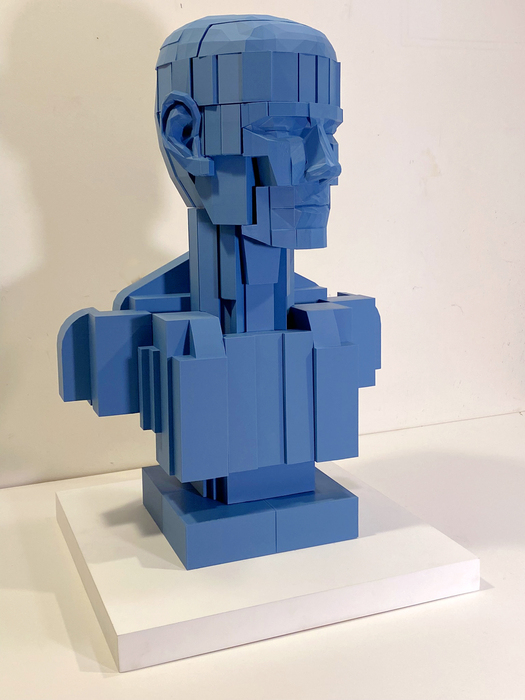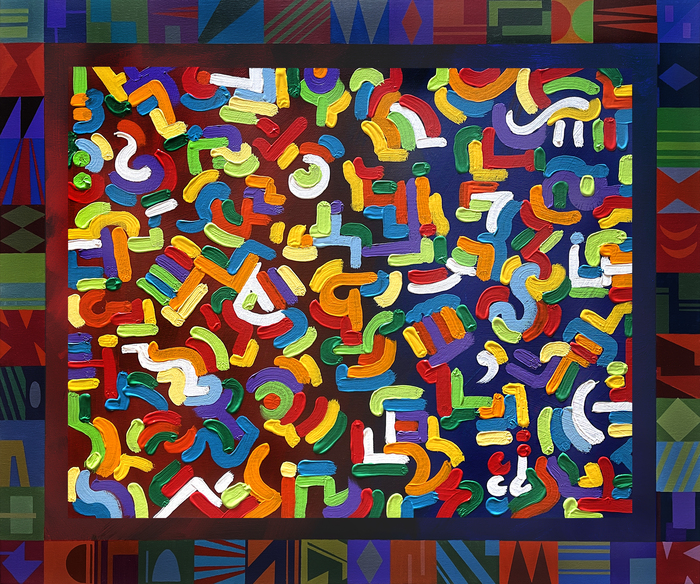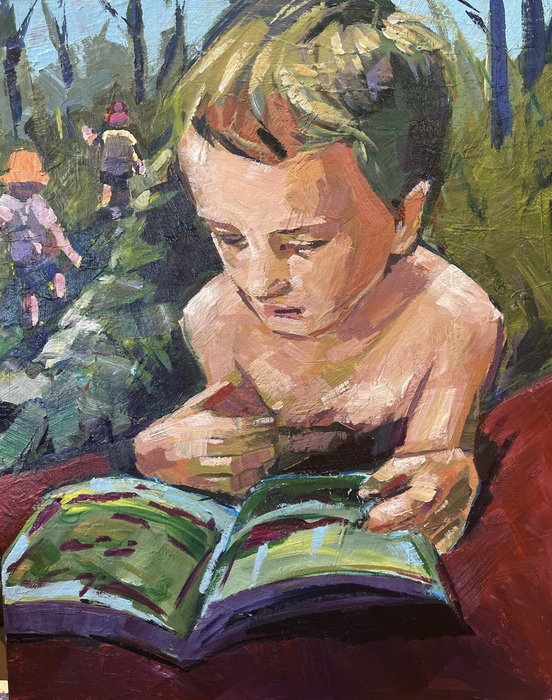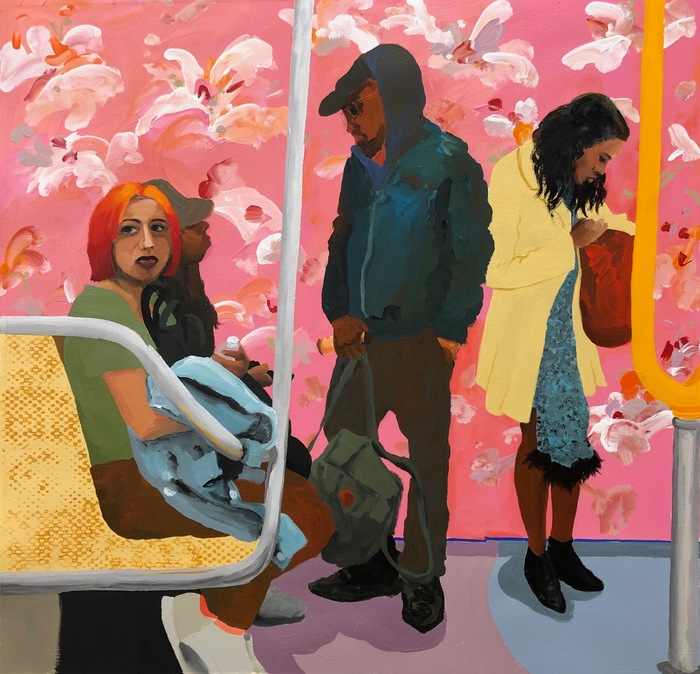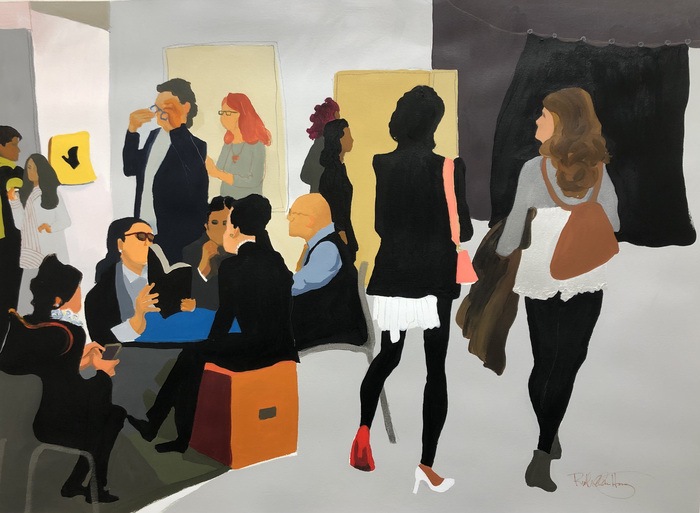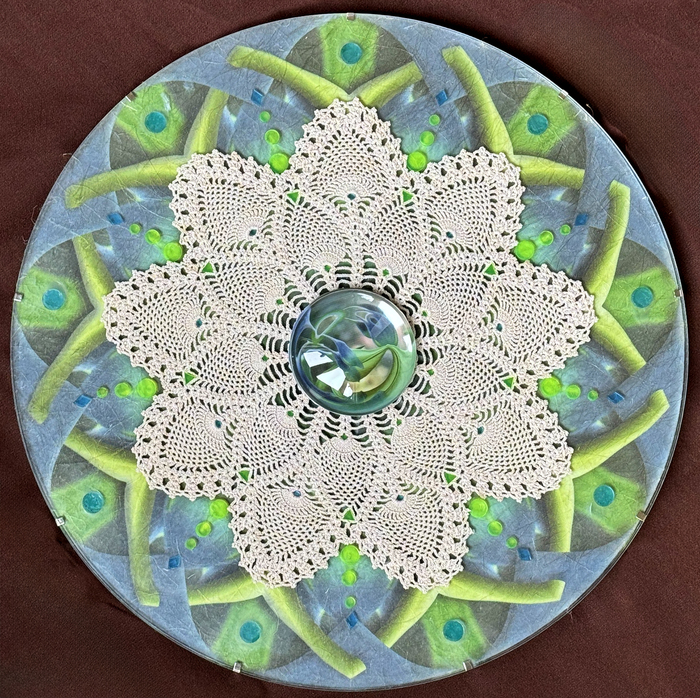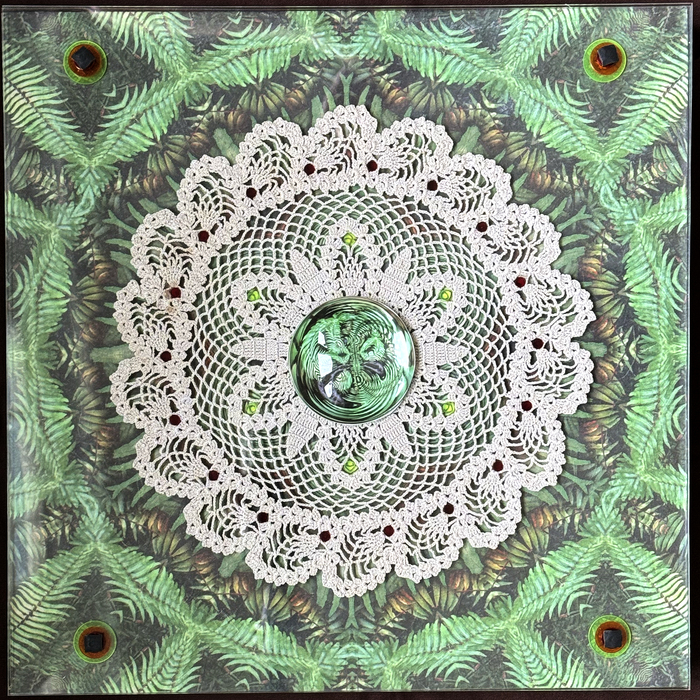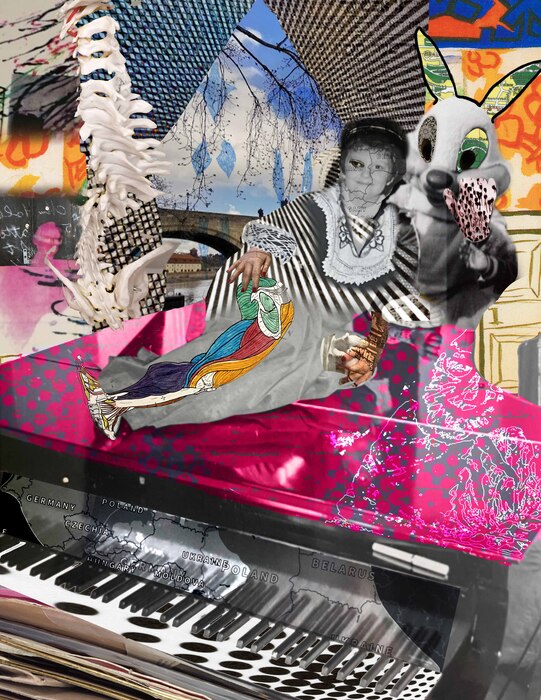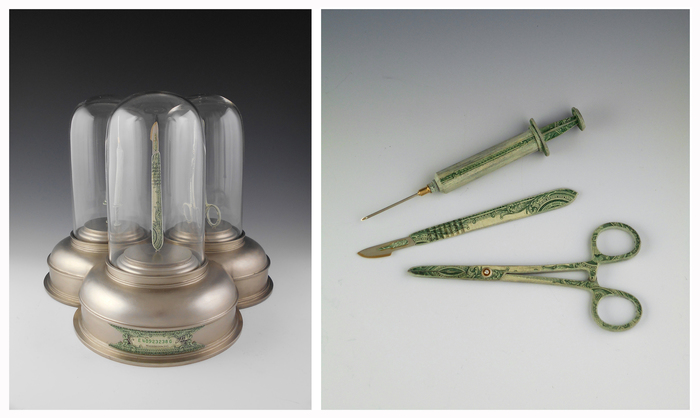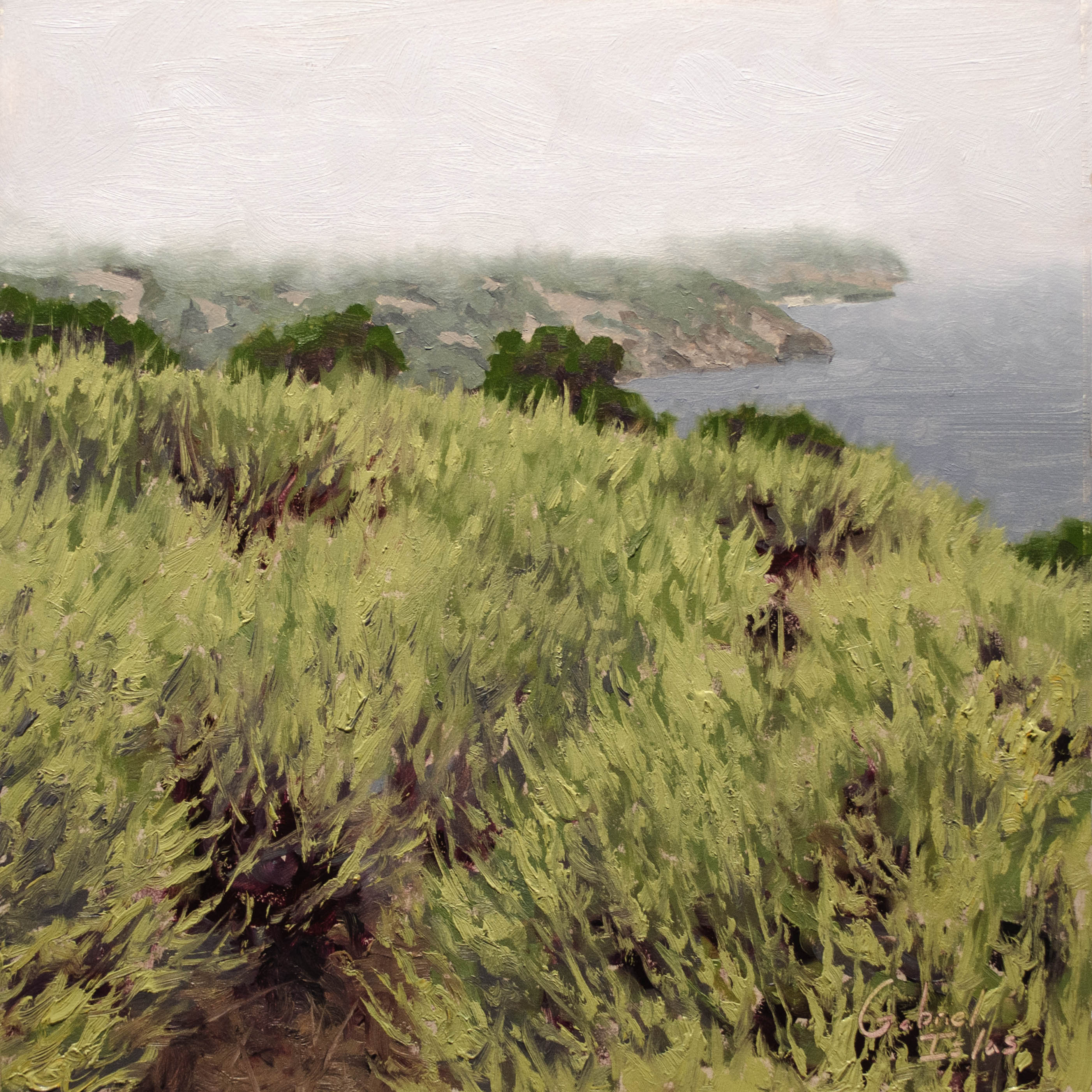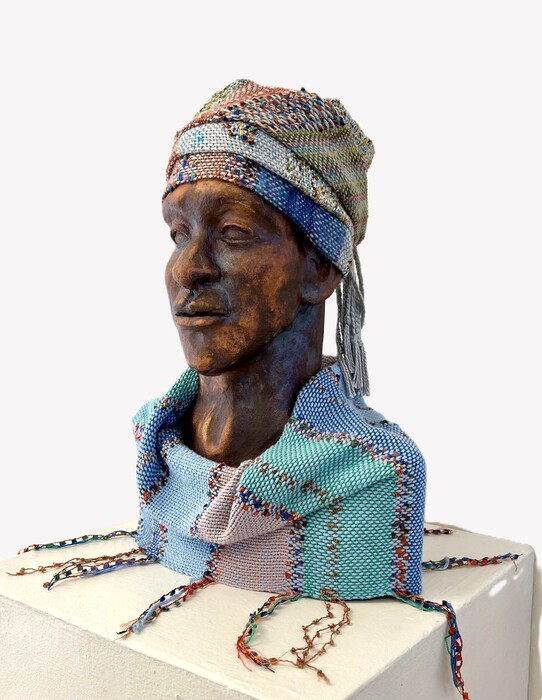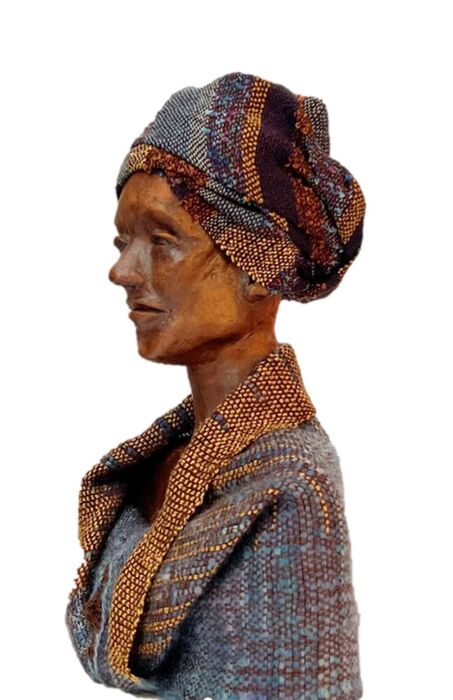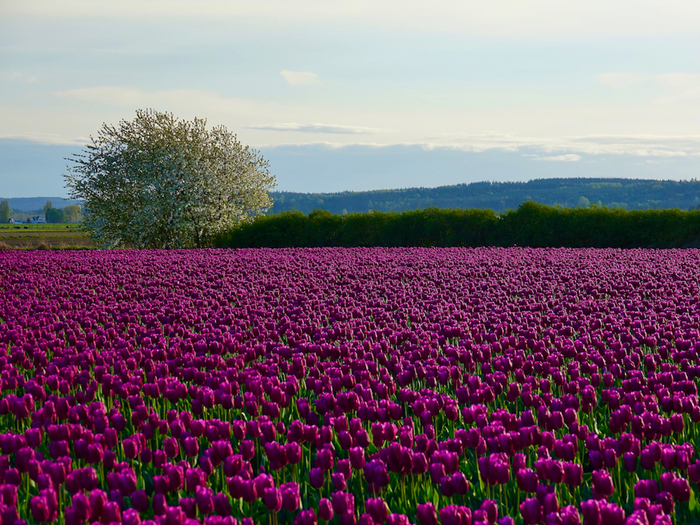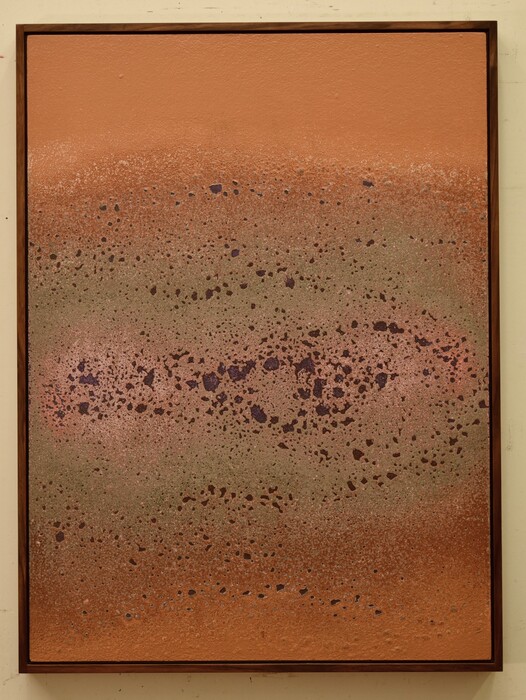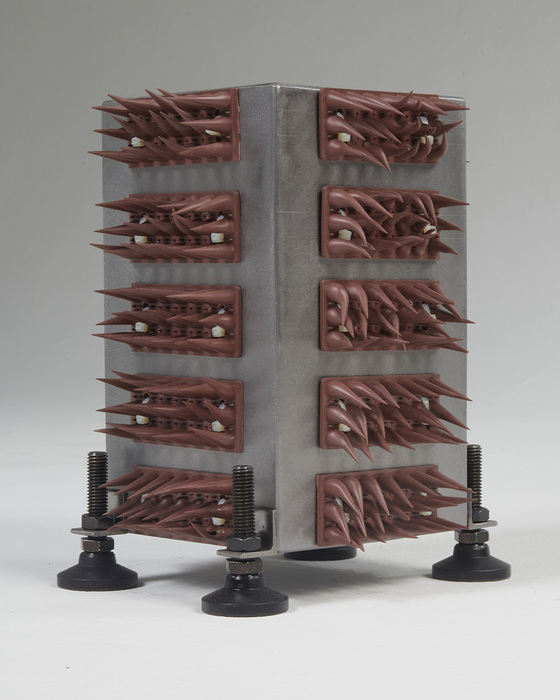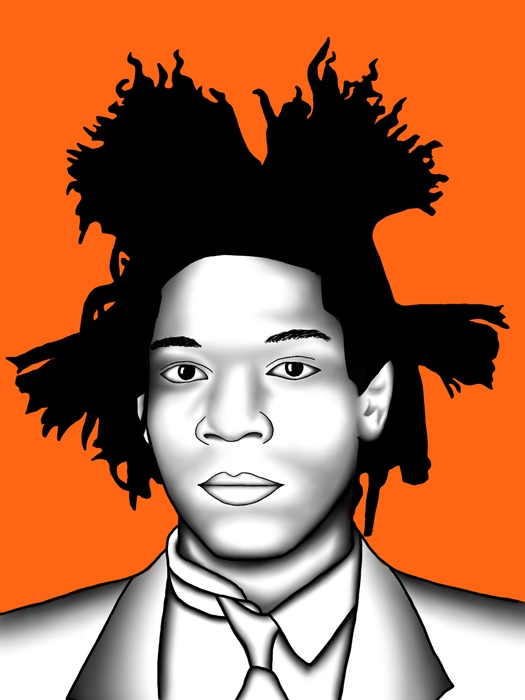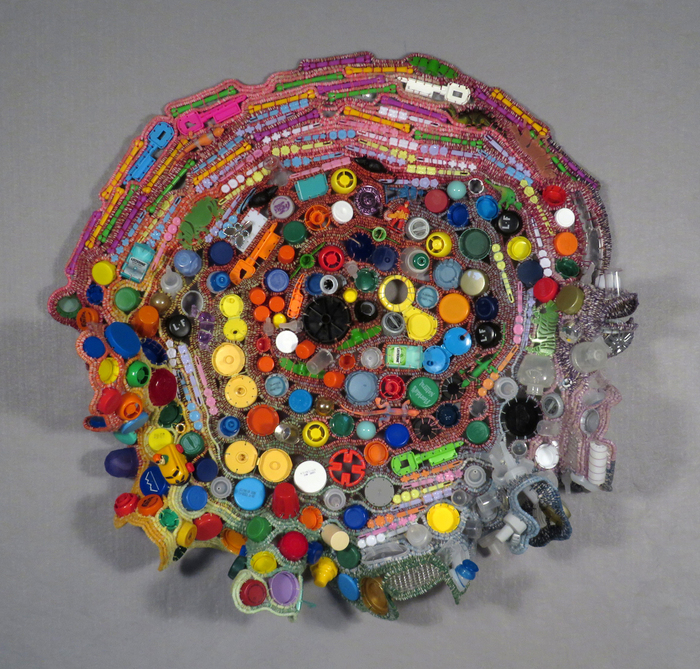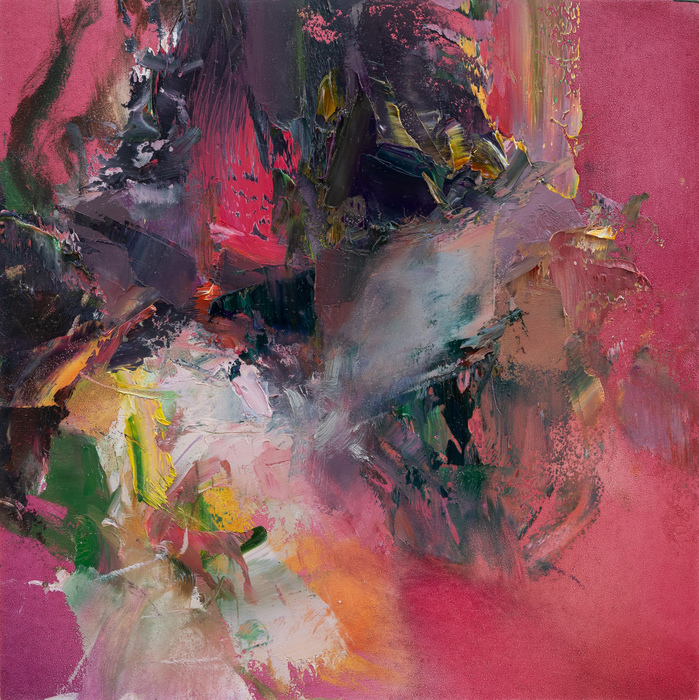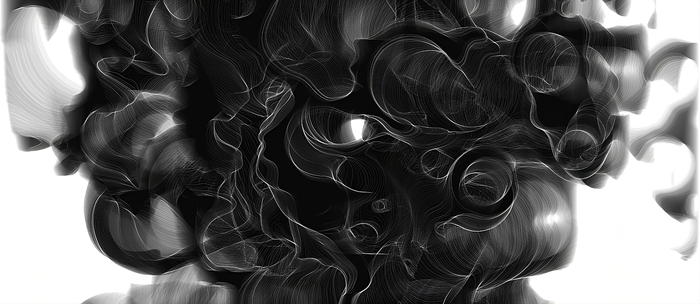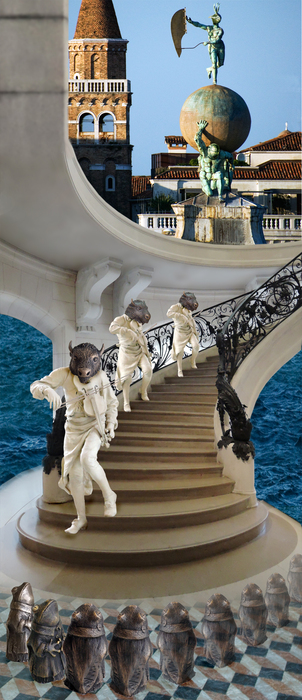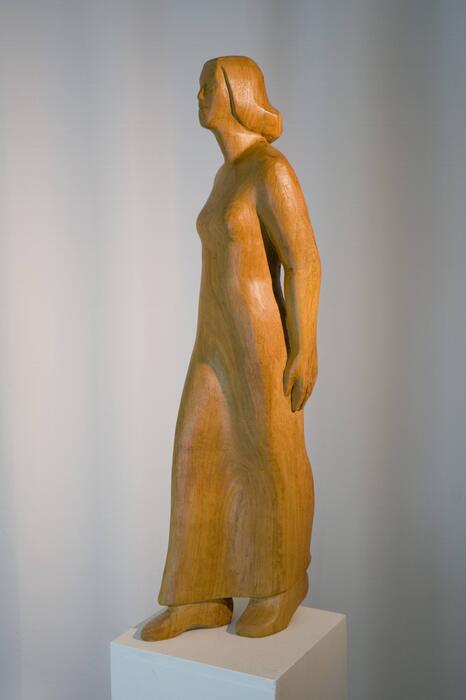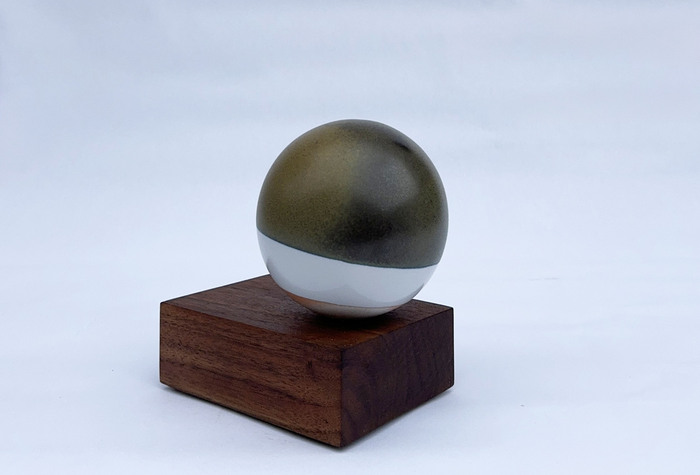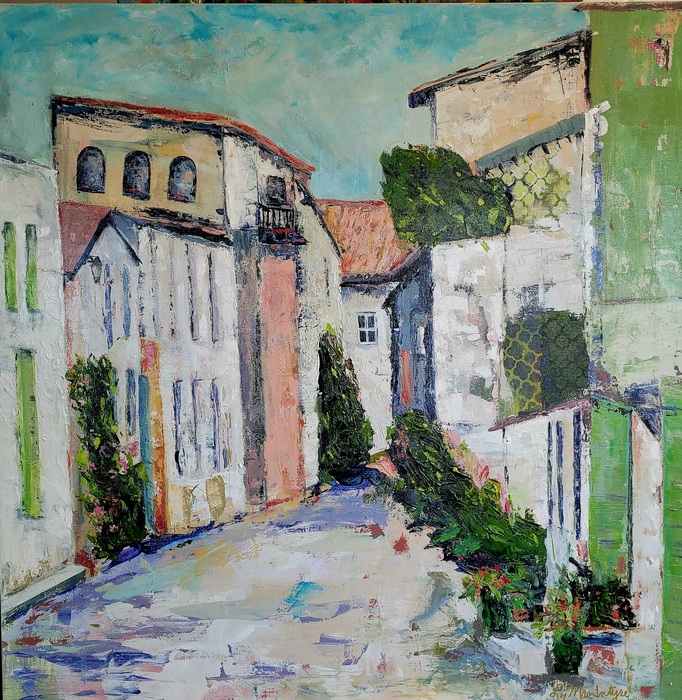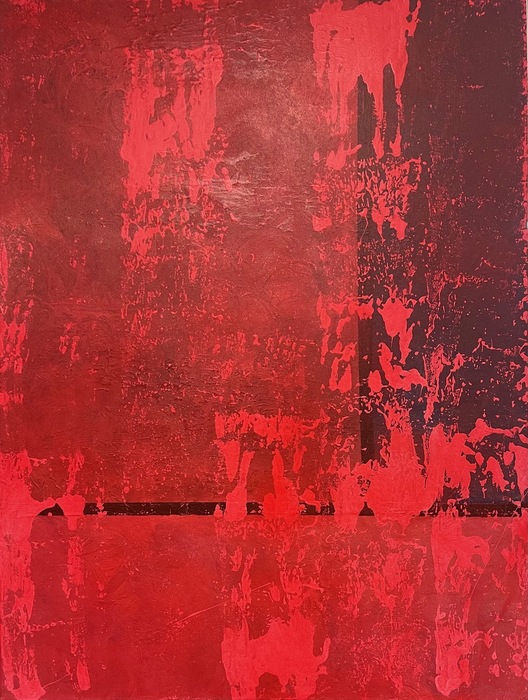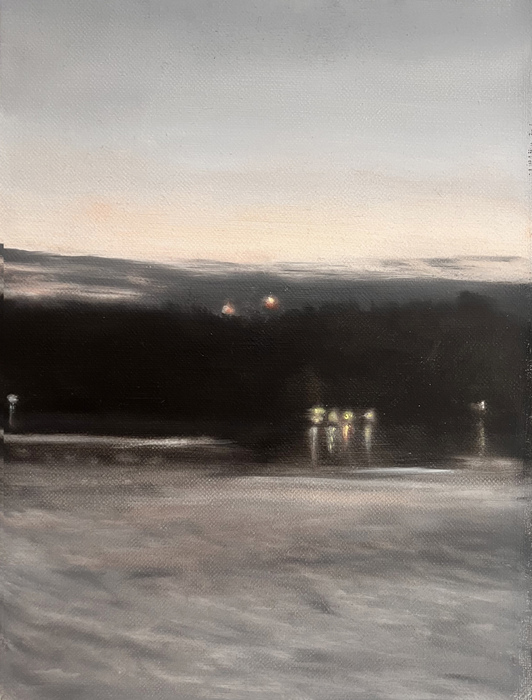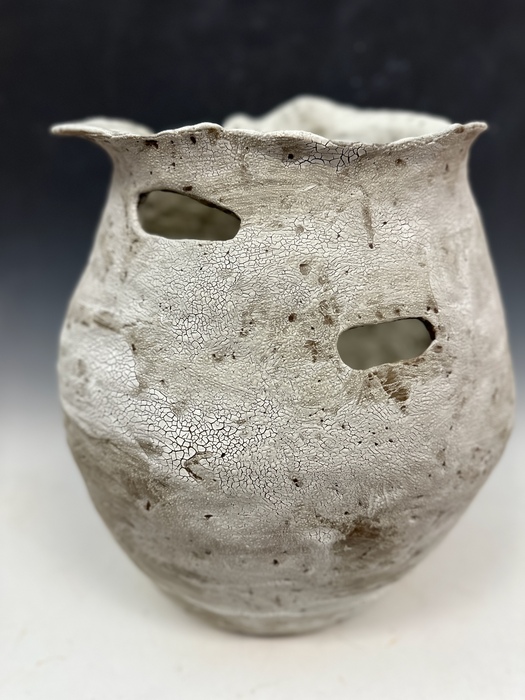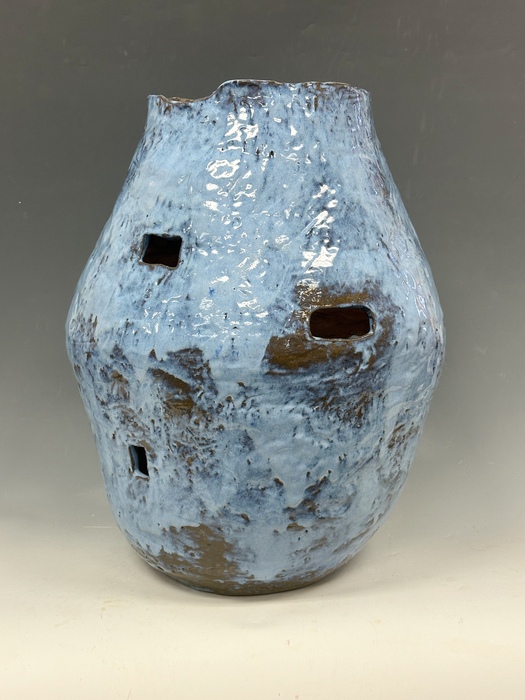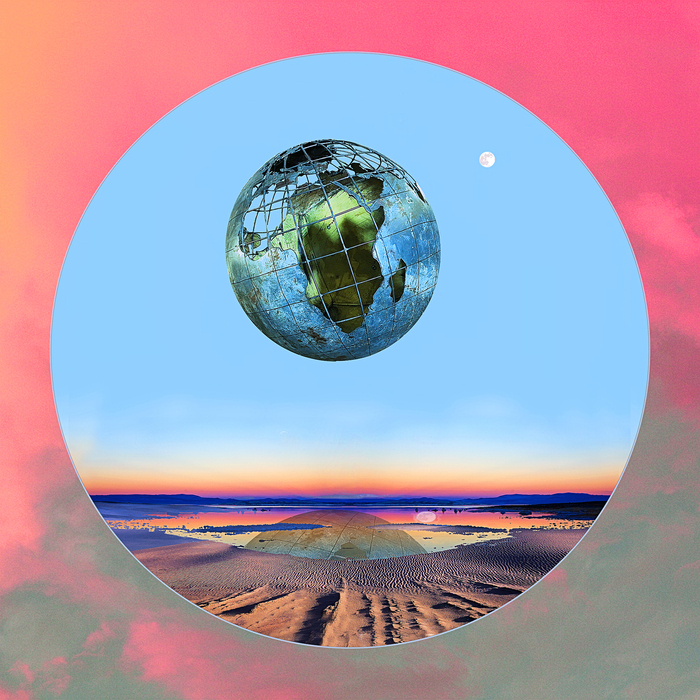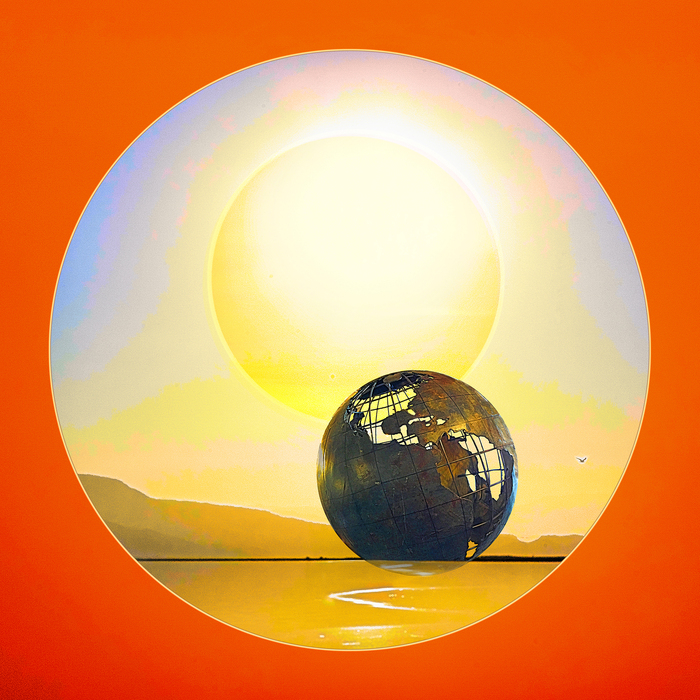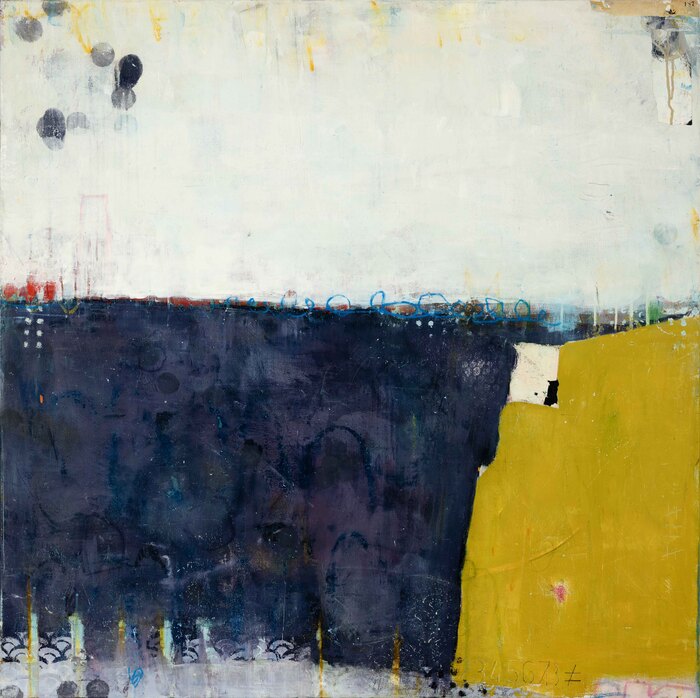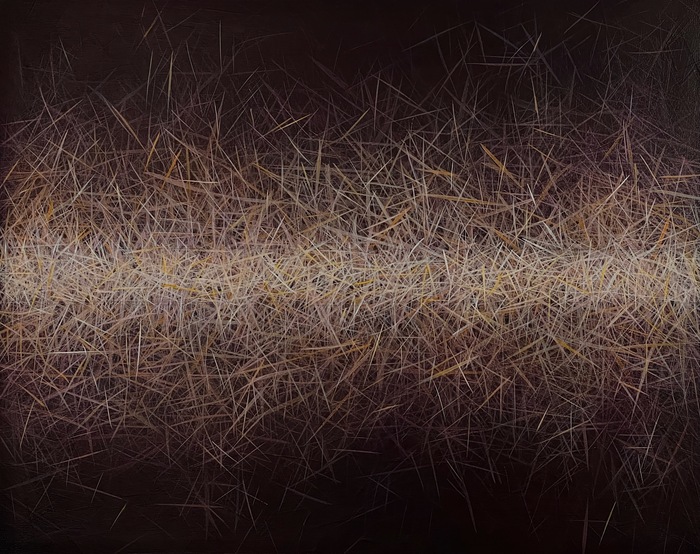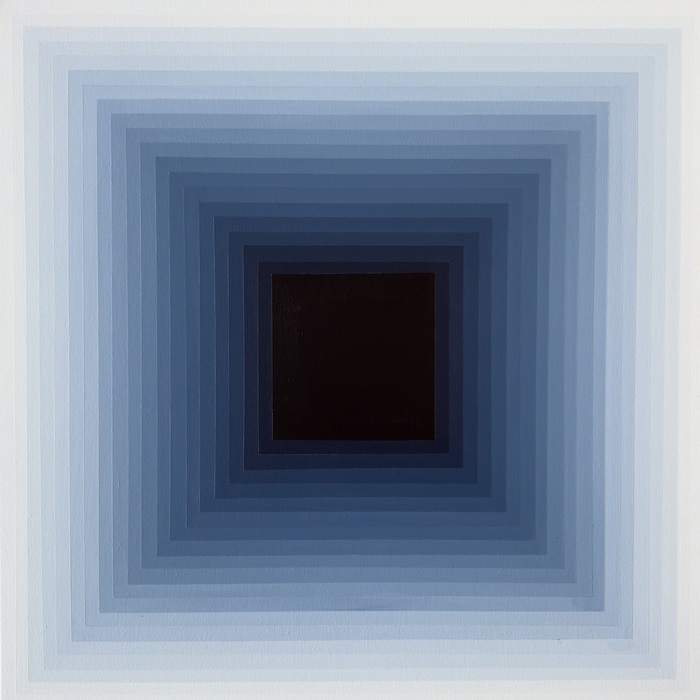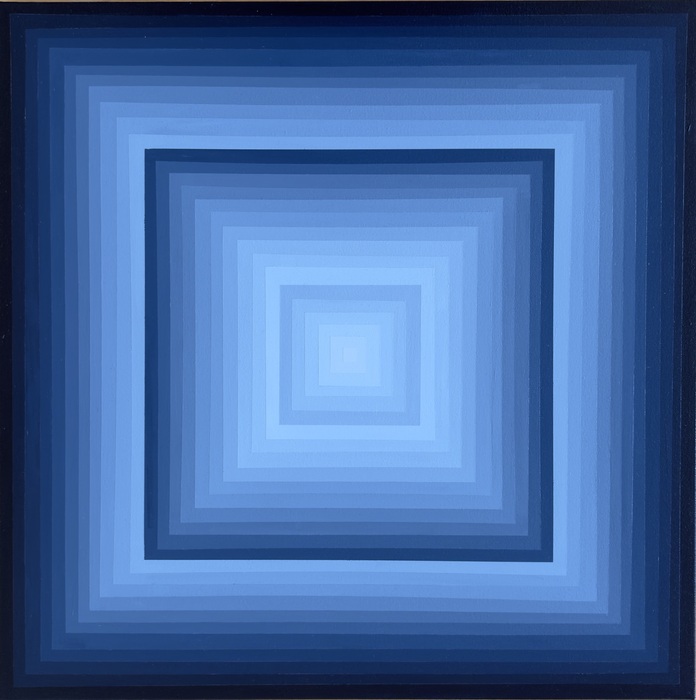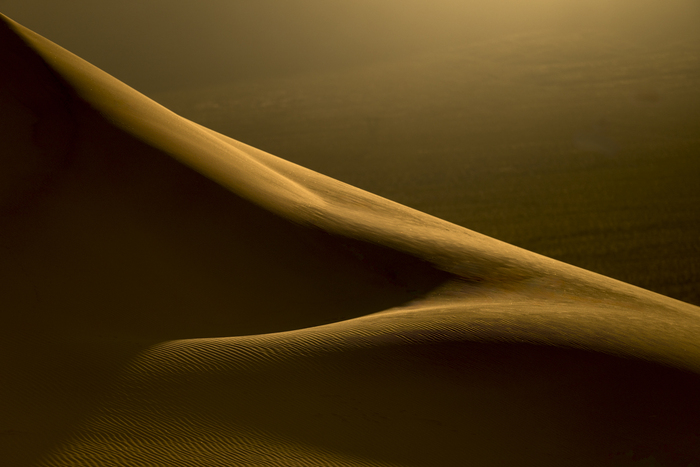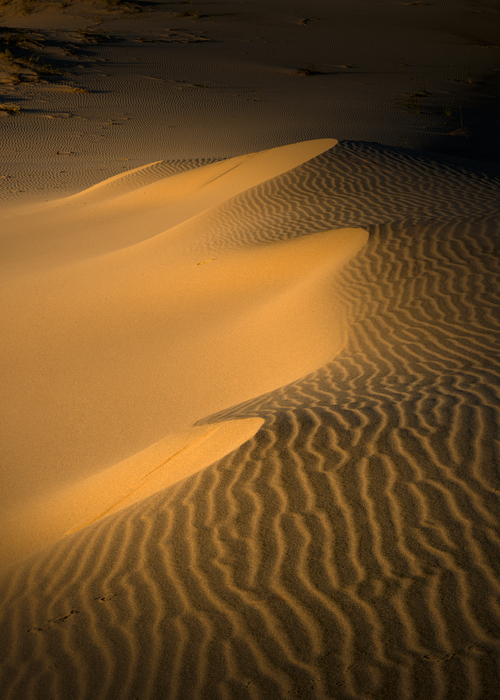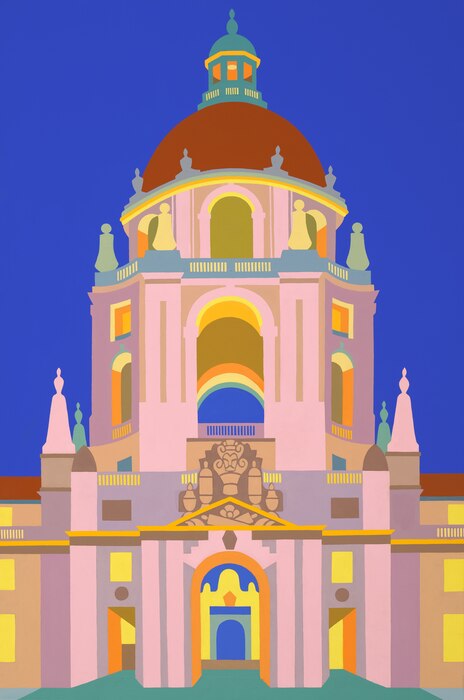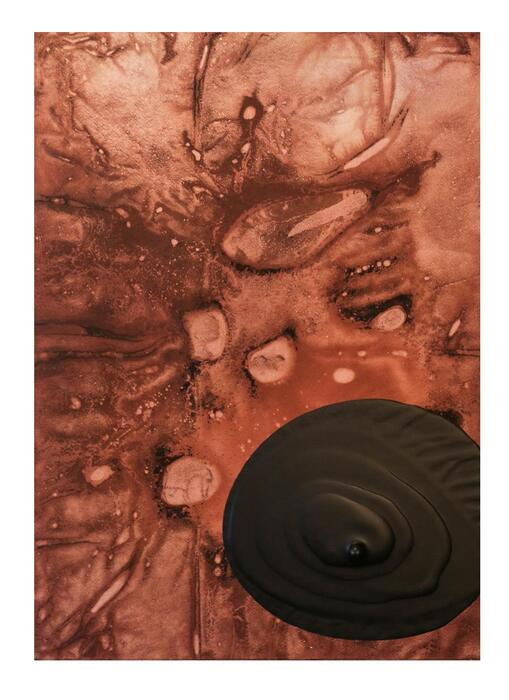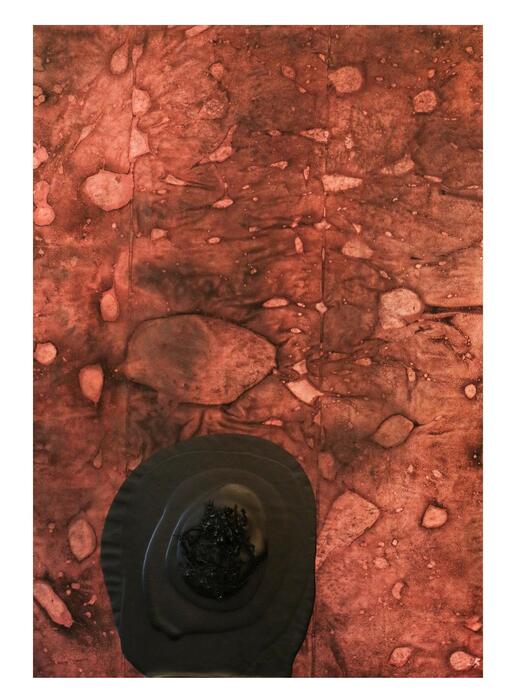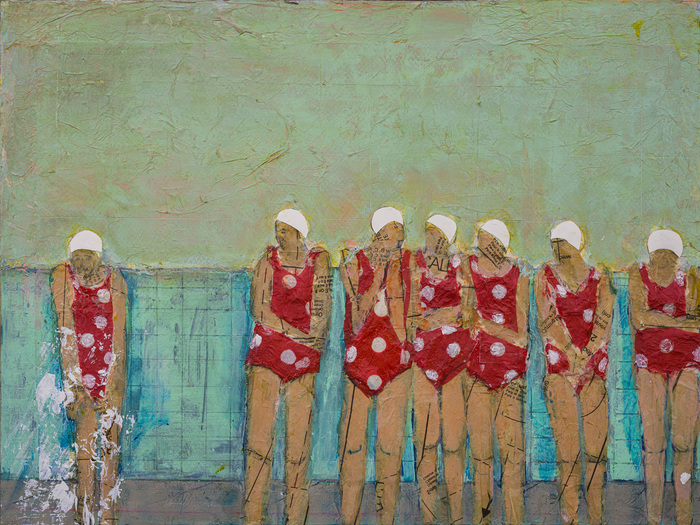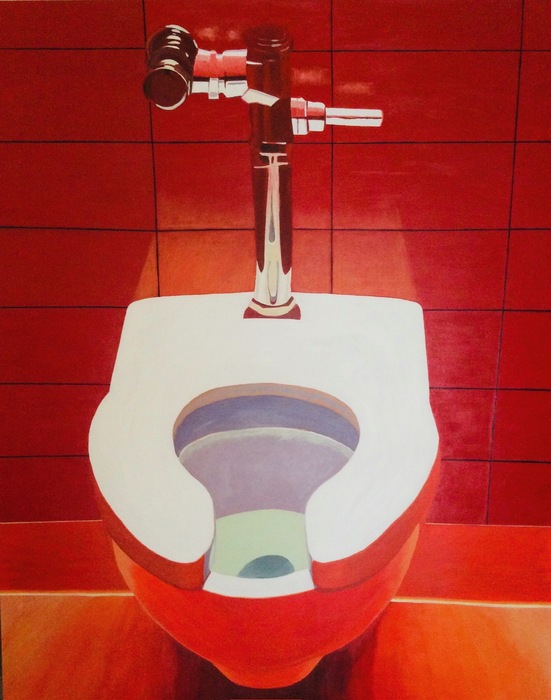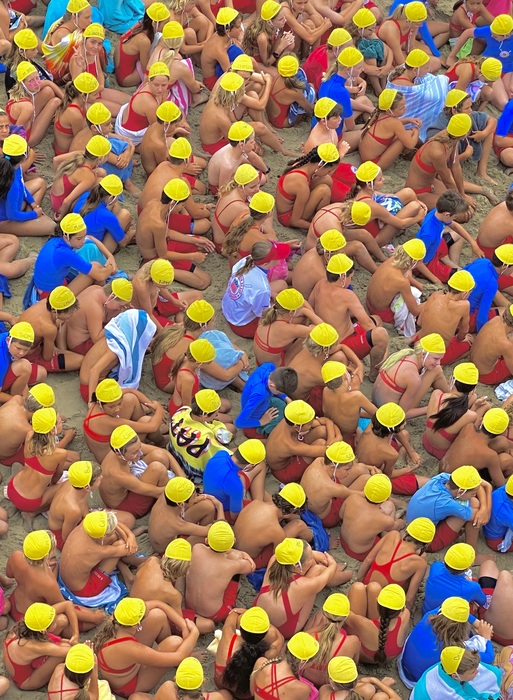Statement
Although graffiti is often seen as a form of property destruction through tagging, it is a misunderstood art form. In cities like Los Angeles, we witness vibrant and expressive graffiti pieces that reflect real artistic talent. This is the side of graffiti that deserves recognition.
Graffiti has been recognized as an art form for decades, deeply rooted in the study of writing. Each graffiti style deconstructs various writing systems—from Latin script and medieval calligraphy to cursive. Every graffiti artist develops unique styles and techniques to make their tags and pieces distinct, involving a meticulous study of letter structure, shape, and color. Humanity has inscribed its presence on surfaces for millennia, and this inherent drive to write continues through the medium of graffiti.
I’ve spent my life in the vibrant Pico Union neighborhood, adjacent to Los Angeles’ renowned graffiti hub. Surrounded by local graffiti artists, I developed a passion for the art form from a young age, inspired by my brother and cousins. Pico Union has shaped me, fostering resilience and imparting invaluable life lessons.
The spray can as a multifaceted tool for creating diverse artistic expressions, particularly graffiti, which has significantly influenced my life. Mastering the spray can requires years of practice, involving different pressures, caps, paints, and finger techniques. Understanding these techniques demands a holistic approach, engaging the entire body to produce straight lines, curves, and shadows. Despite its misunderstood reputation due to its association with graffiti, the spray can is undeniably an artistic tool.
Having been immersed in graffiti, I sought to create a new concept that merges graffiti with ceramics. Since humans have been etching onto stones and rocks for thousands of years, this fusion felt like a natural extension of my passion for both ceramics and graffiti. My work aims to bridge the gap between these two art forms, blending the raw, expressive style of graffiti with the refined craftsmanship of ceramics.
For this artwork, I employed various techniques, primarily using coils mixed with wheel throwing. The piece was built on an 18-inch wheel-thrown base, with coils added and smoothed every five layers to form the cylindrical shape. The dome was created using a large bowl mold, onto which coils were added on the wheel to shape the dome, which was then placed atop the cylinder. The valve and cap involved intricate wheel throwing and precise shaping, complemented by hand-built elements. The carved designs on the can were freehand drawn before carving. The colors chosen reflect the commonly used hues in graffiti, while also emphasizing the earthy materials intrinsic to ceramics.
This innovative approach showcases my vision of what graffiti can become when translated onto ceramics, opening a new door for both art forms and celebrating their shared heritage.

